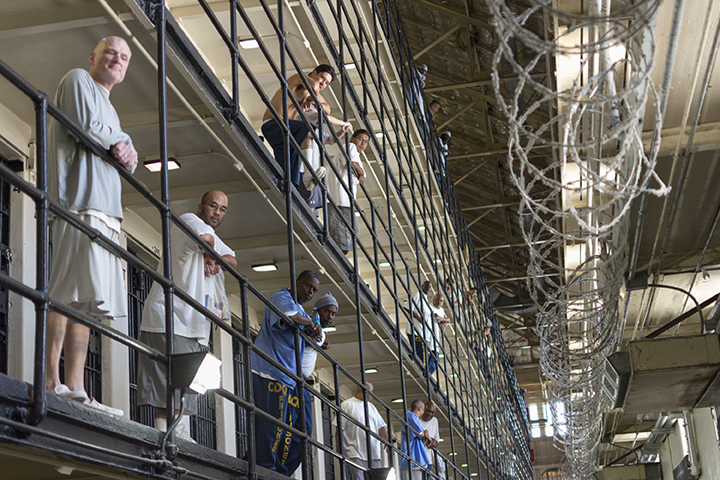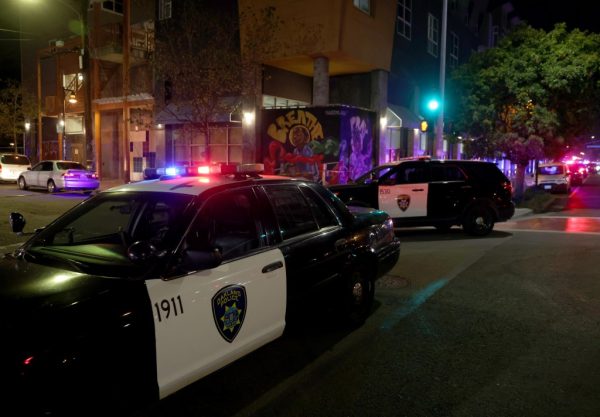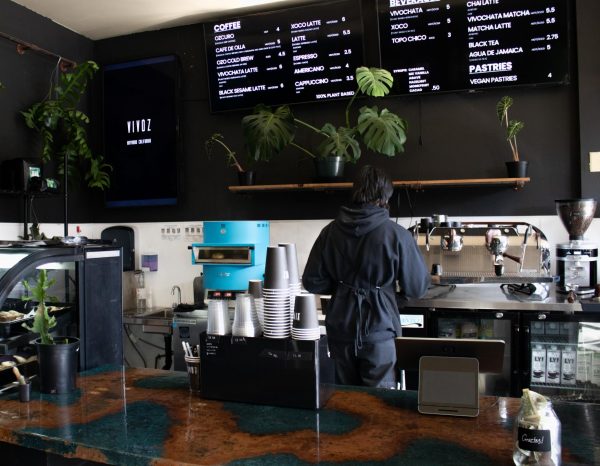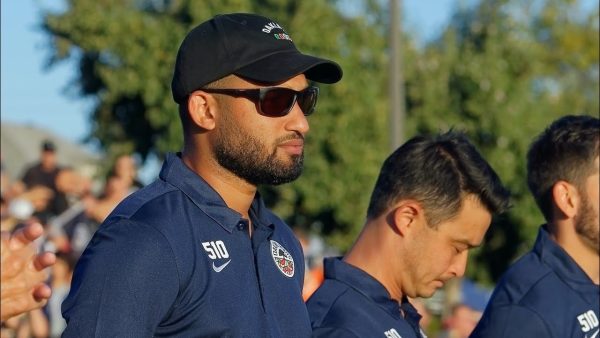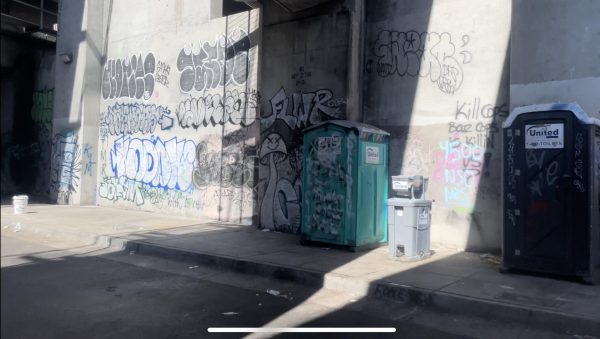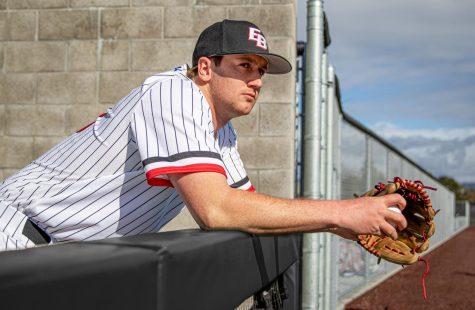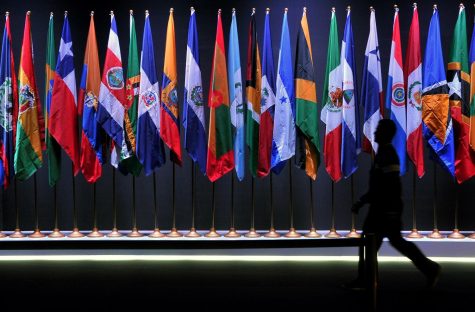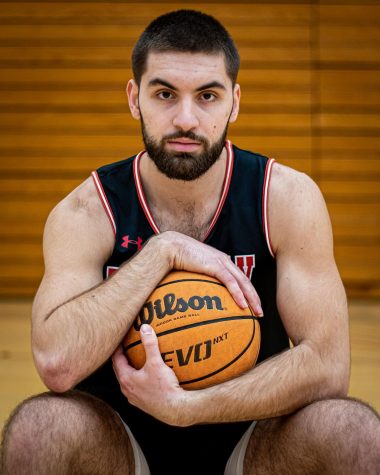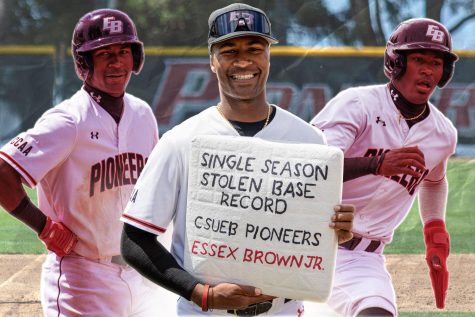The Pioneer visits San Quentin
October 26, 2016
Students and faculty from California State University East Bay’s student-run newspaper, The Pioneer, visited the San Quentin State Prison in July.
A couple of years ago the idea struck me to reach out to my alma mater — California State University Hayward — from San Quentin because I wanted those on a familiar education path to experience some hidden truths about prison.
Several years ago, I initially invited The Pioneer to visit San Quentin News, an inmate-run newspaper, where I am the associate editor. One by one they have accepted the open invitation, beginning with former Pioneer editor-in-chief, Yousuf Fahimuddin and the paper’s past student sales executive, Yesica Ibarra, later followed by former student photojournalist, Valerie Smith.
“Pioneers” make treks to out-of-the-way places like California’s oldest and perhaps most infamous prison. East Bay led the way, absent any apparent preconceived biases, and arrived with objectivity.
“It was almost unreal. It’s surreal,” said Tam Duong Jr., visual editor for The Pioneer. “It’s almost a world in itself,” he said. Like many who visit the prison, Duong expressed an interest in returning.
Visiting San Quentin News was Pioneer managing editor Kali Persall’s first time inside a newsroom outside of the classroom. “It’s really similar to ours. You guys have it together. I’m impressed.”
The prison’s Public Information Officer, Lt. Sam Robinson, allowed The Pioneer access to areas of the prison generally considered off the beaten path from standard tours. One of those areas is west block where they photographed, video taped, recorded and interviewed many of the 700-plus inmates housed in the five-tier structure.
“It was super cool,” said Christina Galanakis a layout designer for the Pioneer at the time of their visit who captured the experience on video tape. She said prison was nothing like she expected from watching television. “It was inspiring,” she said, adding that walking among inmates “has a school atmosphere.”
To get to west block, they walked past north block, the dining halls, the commissary, east block’s ominous death row and through the south block rotunda.
“I thought it was really pretty until I got to the yard,” said Pioneer production assistant, Marina Swanson. “I wasn’t expecting to walk through the yard. It felt much calmer than I expected.” The Pioneer staff walked among hundreds of convicts on their way to the prison media center.
These East Bay students took advantage of an opportunity to visit, of all places, a prison. This speaks to their commitment to cover news in every segment of society, particularly a subculture where untold stories exist about America’s 2.3 million men, women and children that are disappeared; forever defined by their worst moments in life. “We’re happy to get our facts right,” said Gary Moskowitz, The Pioneer’s faculty advisor.
Here’s a fact: The United States is five percent of the world’s population, yet it incarcerates twenty five percent of the world’s prisoners.
Journalism connects us to facts and the rest of the world. It is a foundation of our democracy, embedded in the First Amendment to the U.S. Constitution, which provides voice through a free press and free speech. Even unpopular, polarizing public speaking.
The East Bay faculty recognize the value in its students viewing an all-but-forgotten part of American society which balances their education. “We don’t want this to be the last time,” said Dr. Katherine Bell, The Pioneer’s faculty coordinator. “We want to make life-long connections.”
They have already done so by seizing a moment in time to go where others will not dare and too often denounce, without being informed on what happens there. I’m delighted that I reached out to CSUEB, and proud of the students and staff for their work in the field of journalism.




